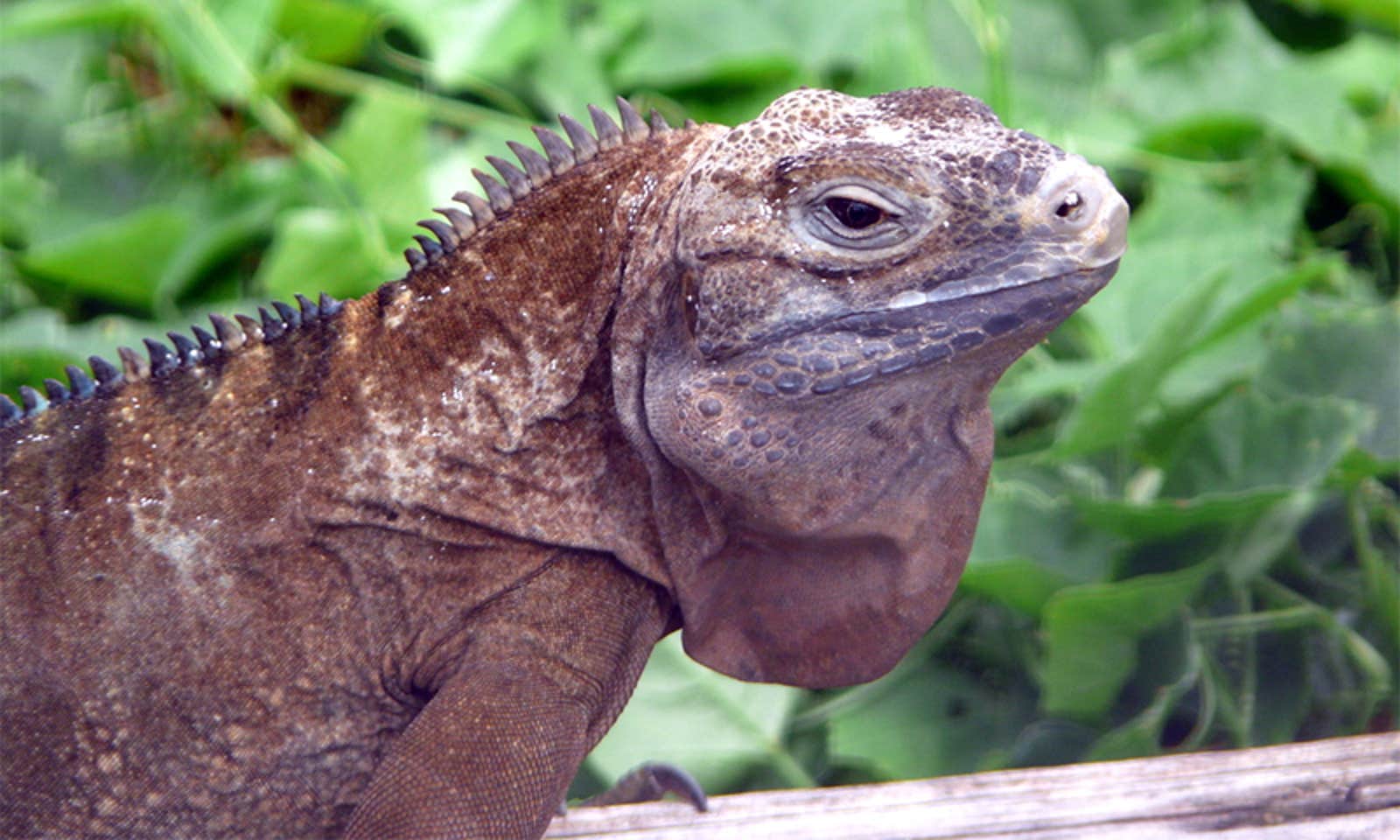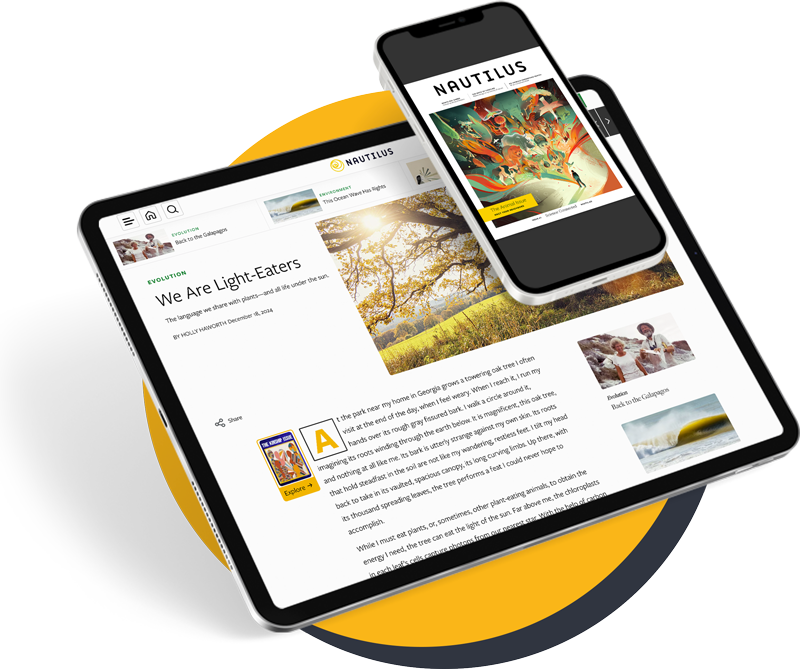Hurricanes are potent agents of change. But just as powerful hurricanes can upend the lives, plans, and livelihoods of humans, they can devastate ecosystems and change the course of some species’ evolution in their wake.
Hurricane Melissa made landfall in Jamaica yesterday, its 185-mile-per-hour winds making it the most powerful storm to strike the Caribbean island nation on record. According to initial reports, more than half a million people are without electricity, and some families are trapped in their homes after a 13-foot storm surge.
As rescue workers and government officials survey the damage to human development wrought by Melissa and begin relief efforts, environmental scientists are readying their response to assess the impact on ecosystems and vulnerable species there. One such researcher, University of Zurich postdoctoral researcher Fernando Gonçalves, shared his concerns with Nautilus via email regarding the sensitive environments and animals likely to feel the force of Melissa’s fury.
Estimating the precise number of species at risk is difficult given the unpredictability of the hurricane’s path.
Among the most vulnerable are some of Jamaica’s birds, the red-billed streamertail and black-billed streamertail. Also at risk is the endangered Jamaican iguana, which was long thought to be extinct until being rediscovered in the wild in 1990. Another species that may fare badly in the face of Melissa is the Jamaican flower bat, which is critically endangered and known to inhabit only a few caves on the island. These species were named among some of the most vulnerable to natural disasters in a paper published in PNAS last year on which Gonçalves was the lead author. That paper mapped the species at risk of extinction due to natural disasters, including hurricanes, around the world.
Plants in Jamaica may fare a little better, Gonçalves added, “due to adaptations such as root systems and reproductive strategies.” But there are still critically endangered plant species scattered throughout the Caribbean, already compromised by habitat destruction and other anthropogenic hazards.
While estimating the precise number of species at risk is difficult given the unpredictability of the hurricane’s path, Gonçalves noted that the number is likely significant. Some “983 species worldwide are at high risk of extinction from hurricanes,” Gonçalves said of his analysis in PNAS. Among those are “156 species of birds, 118 species of mammals, 199 species of amphibians, and 510 species of reptiles. Many of these species are located in the Caribbean archipelago, a hotspot for hurricane-prone extinction species.”
Gonçalves said that he and his colleagues have study sites in the Lesser Antilles—specifically in Dominica and Saint Vincent, southeast of Jamaica—which are likely outside the path of the storm, which slammed into Cuba today. “Our team is ready to assist the biodiversity after the hurricane passes by setting up artificial bird feeders for the nectar feeding birds and rescuing any animals that need attention,” he said.
There is a woeful precedent to what conservationists might expect to find when they quantify the extent of the hurricane’s ecological damage. In 2017, 239 of the remaining 250 individuals of the endemic and critically endangered imperial Amazon parrot were likely killed when Hurricane Maria swept through the Caribbean, Gonçalves says. That same storm rocked the social networks of macaques on an island off Puerto Rico that researchers had been studying for decades.
Part of what makes populations of plants and animals so vulnerable in the Caribbean is the disruption they’re constantly subjected to from humans. But even in the face of anthropogenic pressures, species endemic to such tropical islands and other hazard-prone areas have evolved and persisted in such environments. “Their evolutionary histories may have influenced their ability to respond to natural hazards, such as developing generalised feeding habits,” Gonçalves said. “Species that have survived past natural hazards might be more likely to endure future, similar exposures.”
But the double-whammy of storms super charged by climate change and populations already fragmented and depressed by habitat loss may be too much for some species to bear. “Even species with advantageous traits may struggle to recover after climatic or geological events if their populations have already dwindled or are restricted to a small area,” Gonçalves noted.
As we realize the human toll that Hurricane Melissa has taken on Jamaica and other Caribbean islands, a community of scientists will also work to assess the impact of the storm on the plants and animals that share those dynamic environments. ![]()
Enjoying Nautilus? Subscribe to our free newsletter.
Lead image: Simon Tonge / Wikimedia
































